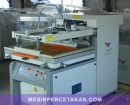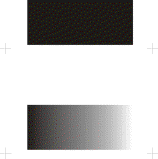Color management
In digital imaging systems, color management is the controlled conversion between the color representations of various devices, such as image scanners, digital cameras, monitors, TV screens, film printers, computer printers, offset presses, and corresponding media.The primary goal of color management is to obtain a good match across color devices; for example, the colors of one frame of a video should appear the same on a computer LCD monitor, on a plasma TV screen, and as a printed poster. Color management helps to achieve the same appearance on all of these devices, provided the devices are capable of delivering the needed color intensities.
Parts of this technology are implemented in the operating system (OS), helper libraries, the application, and devices. A cross-platform view of color management is the use of an ICC-compatible color management system. The International Color Consortium (ICC) is an industry consortium that has defined:
* An open standard for a Color Matching Module (CMM) at the OS level
* color profiles for:
o Devices, including devicelink-profiles that represent a complete color transformation from source device to target device
o Working spaces, the color spaces in which color data is meant to be manipulated
There are other approaches to color management besides using ICC profiles. This is partly due to history and partly because of other needs than the ICC standard covers. The film and broadcasting industries make use of many of the same concepts, but they more frequently rely on boutique solutions. The film industry, for instance, often uses 3D LUTs (lookup table) to represent a complete color transformation. At the consumer level, color management currently applies more to still images than video, in which color management is still in its infancy.
http://en.wikipedia.org/wiki/Color_management


















